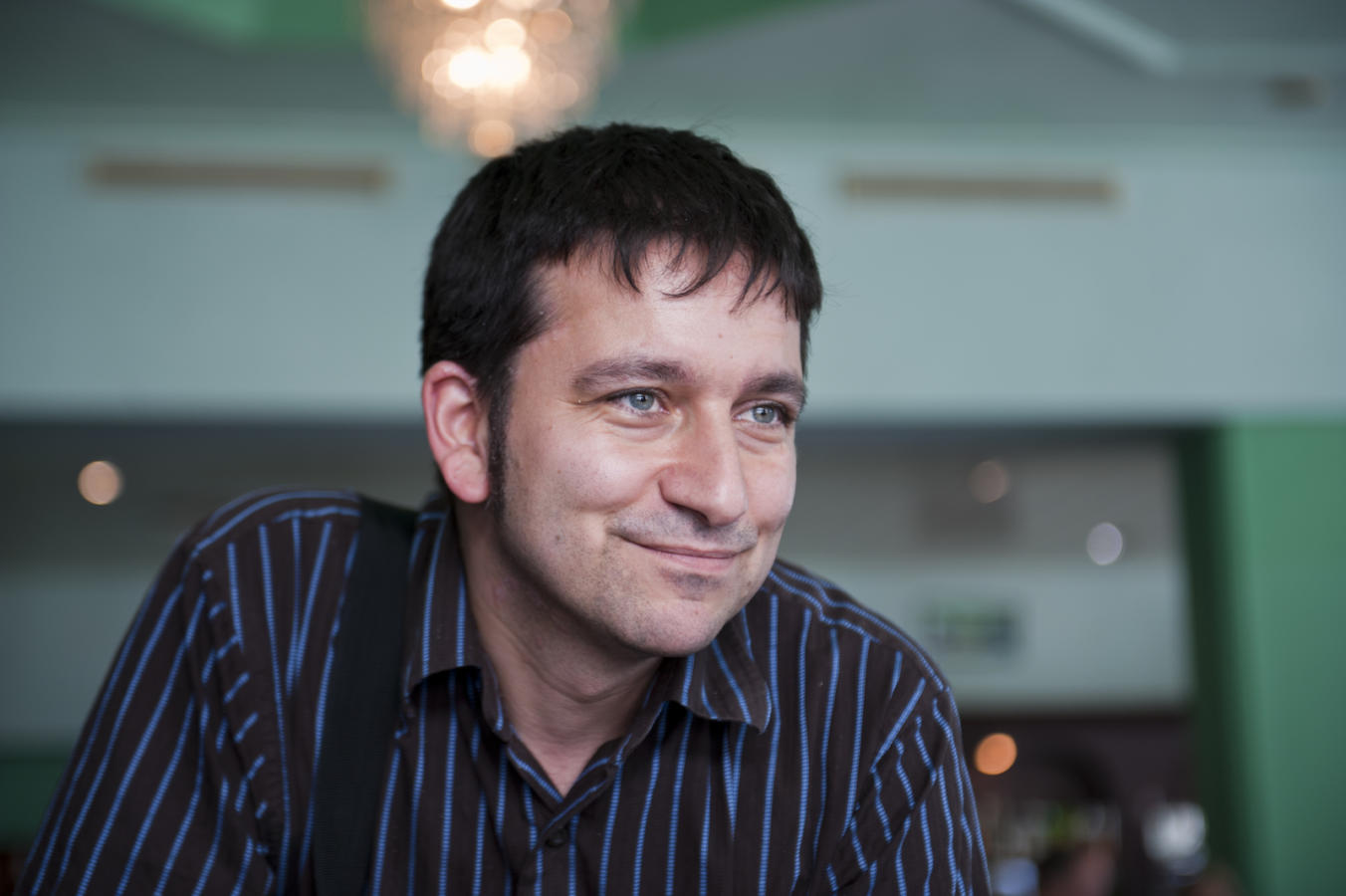Julian Voloj has devoted his life to creating a more inclusive Jewish community. A talented photographer, he recently joined the team at Be’chol Lashon, and we caught up with him to find out what makes this Colombian-German-American Jew tick.
What was it like to grow up Jewish in Germany?
Back then, I always felt like being a last remnant. My hometown, Muenster, had only 80 Jews when I was growing up. Most of the members were, like my grandparents, survivors from all over Europe who had re-established the Jewish community after the Holocaust.
For most Germans, I was the first Jew they ever met, which often led to very awkward situations — so in order to avoid too much political correctness, I preferred to explain my dark hair combined with my accent-free German by the birthplace of my parents, Colombia.

How did you navigate the shadow of the Holocaust?
In order to make peace with being in Germany, we didn’t really talk about the Holocaust. Maybe the idea was that the trauma should not define our identity. But the past is always very present in Germany, be it in the form of a photograph at my friend’s place showing his grandfather in a Wehrmacht uniform or a forgotten Jewish cemetery in a place where there are no Jews left.
How did your family background and personal experience shape your vision of Judaism and work in the Jewish community?
My family is very diverse in many ways — geographically, culturally, ethnically etc. — and differences to me were always an added value, not a threat. Unfortunately, like other minorities, we often look too much inwards instead of embracing cultural exchange.
When I think of European Jewry, I think of the great contributions to arts and culture that were made, and not about the destruction during the Shoah (Holocaust). However, my activism started during my university times when the country experienced a wave of right-wing violence. I first got involved with the German student union, then worked for the European Union of Jewish Students, working all over Europe, fostering positive Jewish identity.
Since moving to New York, I worked for a number of organizations, among them the Joint Distribution Committee, where I was the liaison between the board and the professionals working in Africa, Asia, Europe and Latin America. This experience gave a deep appreciation for global Jewish identity.

You are also an artist. Is that separate from your professional work?
I am a photographer and writer, and there is a lot of overlap between my art and my professional work. One recurring theme is exploring Jewish identity and celebrating diversity. I’m a New Yorker by choice and what I love about the city is its diversity, which is also true for the city’s Jewish community. I’d argue that nowhere outside of Israel you can find such a diverse Jewish community, which, over the years living here, I’ve documented, both as a writer and photographer. In fact, that is how I first met Lacey Schwartz and learned about Be’chol Lashon.
You recently came on board at Be’chol Lashon as our Director for Development and Strategic Planning. What is your vision for working with the organization?
The organization has been around for nearly 18 years. A great deal has changed in the United States with regards to the conversation about diversity and race. Even five years ago this was not an issue that was of interest to the Jewish community, but that is changing. and Be’chol Lashon has been at the forefront of making that change happen.
I love that Be’chol Lashon’s terrific team takes a creative and artistic approach to helping further the conversation about the historic and contemporary diversity of the Jewish people. We have fantastic resources — curriculum, exhibitions, speakers — that we want to bring to more people in the Jewish community, not only in the places where we are already present, but also to other communities across the country who might not have heard of us yet.
Be’chol Lashon will celebrate its 18th anniversary next year, so I come in at an exciting time, helping the organization to look back at its accomplishments and plan ahead for the next phase. It is critical to celebrate the multiculturalism and complexity that has always been part of the Jewish experience and is even more important today.




